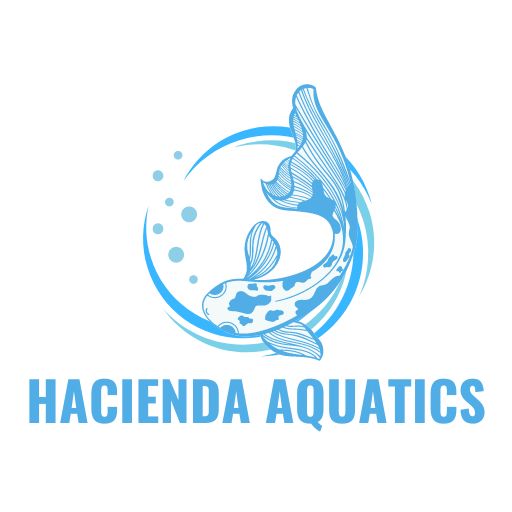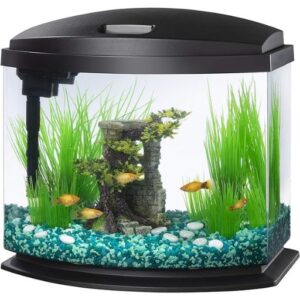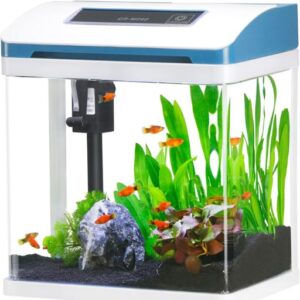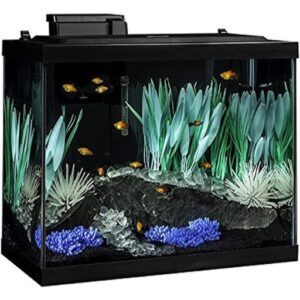Aquarium equipment
Aquarium equipment
Aquarium equipment
Aquarium equipment
Aquarium equipment
Setting up an aquarium is more than just filling a tank with water and adding fish. To create a thriving, healthy environment for your aquatic pets, it’s essential to invest in the right aquarium equipment. From filters and heaters to lighting and air pumps, each piece of equipment plays a vital role in maintaining water quality and ensuring the well-being of your fish and plants. In this comprehensive guide, we’ll dive deep into the must-have aquarium equipment for both beginners and seasoned aquarists, exploring what each tool does, why it’s necessary, and how to choose the best options for your tank. Ready to make a splash? Let’s get started!
Aquarium Equipment: The Essentials You Need
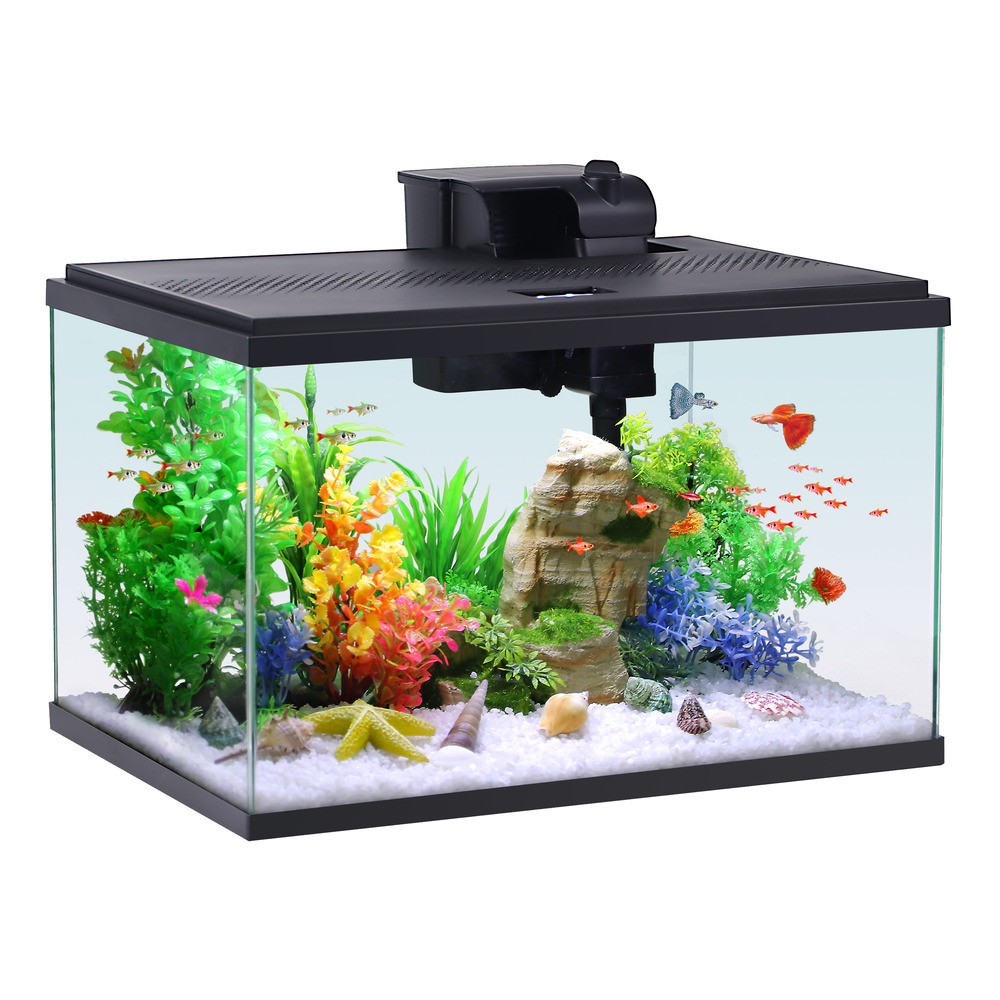
Setting up an aquarium involves more than just selecting a few decorative pieces. To create a balanced ecosystem, you’ll need the right aquarium equipment. Here’s a breakdown of the essential equipment every aquarist should consider:
Aquarium Filters
The filter is arguably the most critical piece of aquarium equipment. It keeps the water clean by removing debris, waste, and harmful chemicals, thus creating a safe environment for your fish.
Types of Filters
There are several types of filters to choose from, each designed for different tank sizes and types:
- Hang-on-back (HOB) Filters: Easy to install and maintain, these are great for beginners.
- Canister Filters: Suitable for larger tanks, they offer superior filtration and flow control.
- Internal Filters: Compact and perfect for small tanks or setups where space is limited.
- Sponge Filters: Ideal for breeding tanks or aquariums with delicate fish, as they provide gentle filtration.
Aquarium Heaters
Maintaining a stable water temperature is crucial for the health of your fish. Aquarium heaters are essential aquarium equipment that helps regulate water temperature to suit the specific needs of your aquatic pets.
Types of Aquarium Heaters
- Submersible Heaters: Placed inside the tank, they offer accurate temperature control.
- In-line Heaters: Installed outside the tank and used with a filter, ideal for large aquariums.
- Substrate Heaters: Positioned under the substrate, commonly used in planted aquariums to encourage root growth.
Aquarium Lighting
Proper lighting is not just for aesthetics; it’s vital for the health of your plants and the well-being of your fish. Different types of aquarium equipment lighting provide various benefits depending on your setup.
Types of Aquarium Lighting
- LED Lights: Energy-efficient and customizable, perfect for any type of aquarium.
- Fluorescent Lights: Great for freshwater tanks, providing a broad spectrum of light.
- Metal Halide Lights: Used for deeper tanks and reef aquariums, they offer intense lighting.
Air Pumps and Air Stones
Air pumps and air stones are key pieces of aquarium equipment that help oxygenate the water and improve circulation, ensuring a healthy environment for all aquatic life.
Benefits of Air Pumps
- Oxygenation: Increases oxygen levels, which is critical for fish and beneficial bacteria.
- Water Movement: Enhances water circulation, preventing stagnant areas where waste can accumulate.
Aquarium Substrate
The substrate isn’t just about looks; it plays a vital role in the aquarium’s ecosystem. The type of substrate you choose can impact water quality, fish behavior, and plant growth.
Types of Substrate
- Gravel: A popular choice for beginners, it comes in various colors and sizes.
- Sand: Suitable for bottom-dwelling fish and provides a natural look.
- Specialized Substrates: Designed for planted tanks, they contain nutrients that support plant growth.
Test Kits and Water Conditioners
Maintaining water quality is essential for a healthy aquarium. Test kits and water conditioners are crucial pieces of aquarium equipment that help monitor and adjust water parameters.
Importance of Test Kits
- pH Test Kits: Ensure the water’s pH level suits your fish’s needs.
- Ammonia and Nitrite Test Kits: Detect harmful toxins early to prevent fish stress or death.
Aquarium Thermometers
A thermometer is a simple yet essential piece of aquarium equipment. It allows you to monitor the water temperature and ensure it stays within the ideal range for your fish.
Types of Thermometers
- Stick-On Thermometers: Easy to read and attach outside the tank.
- Digital Thermometers: Provide accurate readings and often have alarms for temperature fluctuations.
Nets and Maintenance Tools
Routine maintenance is key to a healthy aquarium. Nets, algae scrapers, and gravel vacuums are essential aquarium equipment for keeping your tank clean.
Types of Maintenance Tools
- Fish Nets: Available in various sizes for catching fish safely.
- Gravel Vacuums: Helps clean debris from the substrate.
- Algae Scrapers: Keeps the tank glass clean and free from algae buildup.
Protein Skimmers
For saltwater tanks, protein skimmers are vital pieces of aquarium equipment that remove organic waste before it breaks down and affects water quality.
How Protein Skimmers Work
- Foam Fractionation: Skimmers create foam that traps waste particles, removing them from the water column.
Automatic Feeders
Automatic feeders are convenient pieces of aquarium equipment for those who travel or have busy schedules. They dispense the right amount of food at set intervals, ensuring your fish are always fed on time.
Setting Up Your Aquarium: A Step-by-Step Guide
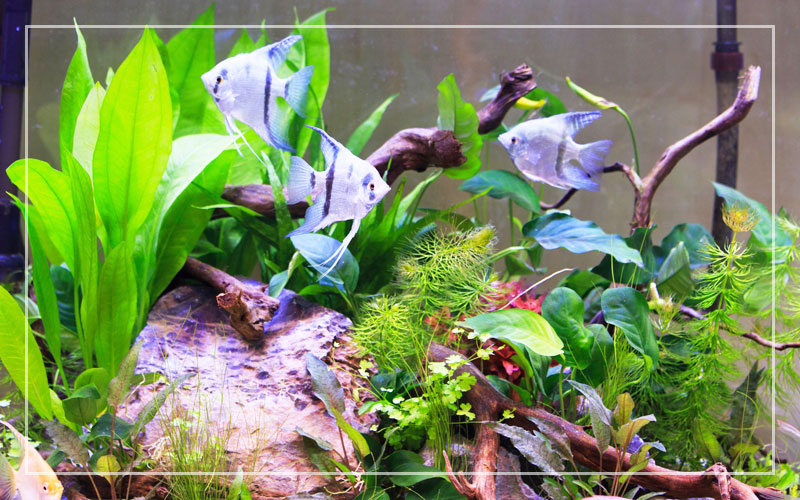
Creating a thriving aquarium starts with choosing the right aquarium equipment. Let’s walk through the steps to set up your tank successfully.
Step 1: Choose Your Tank and Location
Pick a tank size that fits your space and the type of fish you want to keep. Ensure the location is away from direct sunlight and drafts to maintain stable water conditions.
Step 2: Install the Filter and Heater
Place your filter and heater according to the manufacturer’s instructions. Ensure they are securely mounted and functioning correctly.
Step 3: Add Substrate and Decorations
Add your chosen substrate, then place decorations like rocks, driftwood, and plants to create hiding spots and a natural look.
Step 4: Fill the Tank and Condition the Water
Fill the tank with water and use a water conditioner to remove chlorine and other harmful chemicals. Check that the water temperature is suitable for your fish.
Step 5: Test Water Parameters
Use test kits to check water parameters, ensuring they are within the safe range for your fish species.
Choosing the Right Aquarium Equipment for Your Tank
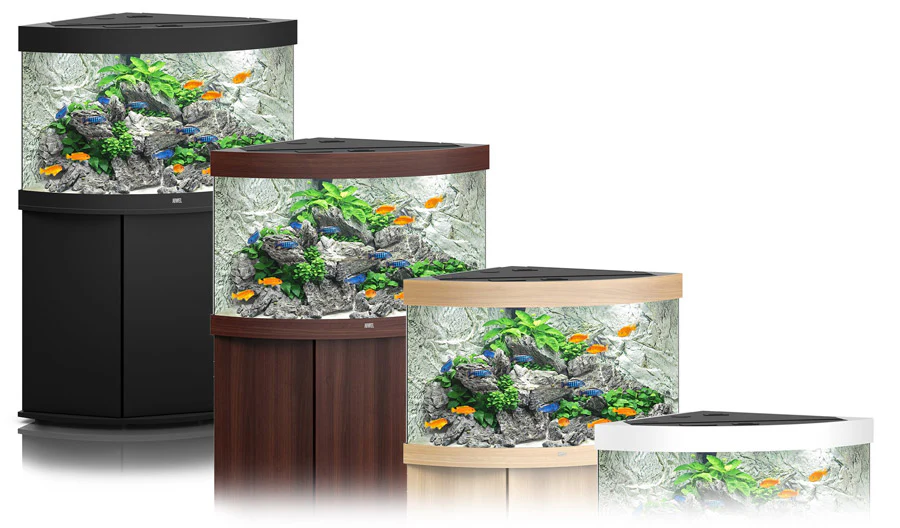
Selecting the right aquarium equipment depends on your tank size, fish species, and personal preferences. Here are some tips to help you choose the best equipment:
Understand Your Tank’s Needs
Different tanks have different requirements. For example, a planted tank will need high-quality lighting and CO2 systems, while a marine tank may require a protein skimmer and specialized lighting.
Consider the Fish Species
Some fish require specific conditions. For example, tropical fish need heaters to maintain warm water, while cold-water fish like goldfish do not.
Budget and Quality
Invest in quality equipment that fits your budget. Cheaper equipment may save money upfront but can cost more in maintenance or replacement in the long run.
Conclusion
Investing in the right aquarium equipment is essential for creating a healthy, vibrant environment for your aquatic life. From filters and heaters to lighting and substrates, each piece of equipment plays a critical role in maintaining water quality and ensuring the well-being of your fish and plants. Remember to choose equipment that suits your tank size and the specific needs of your aquatic pets, and always prioritize quality over cost. With the right tools and a bit of care, you can create a stunning underwater world that both you and your fish will enjoy!
